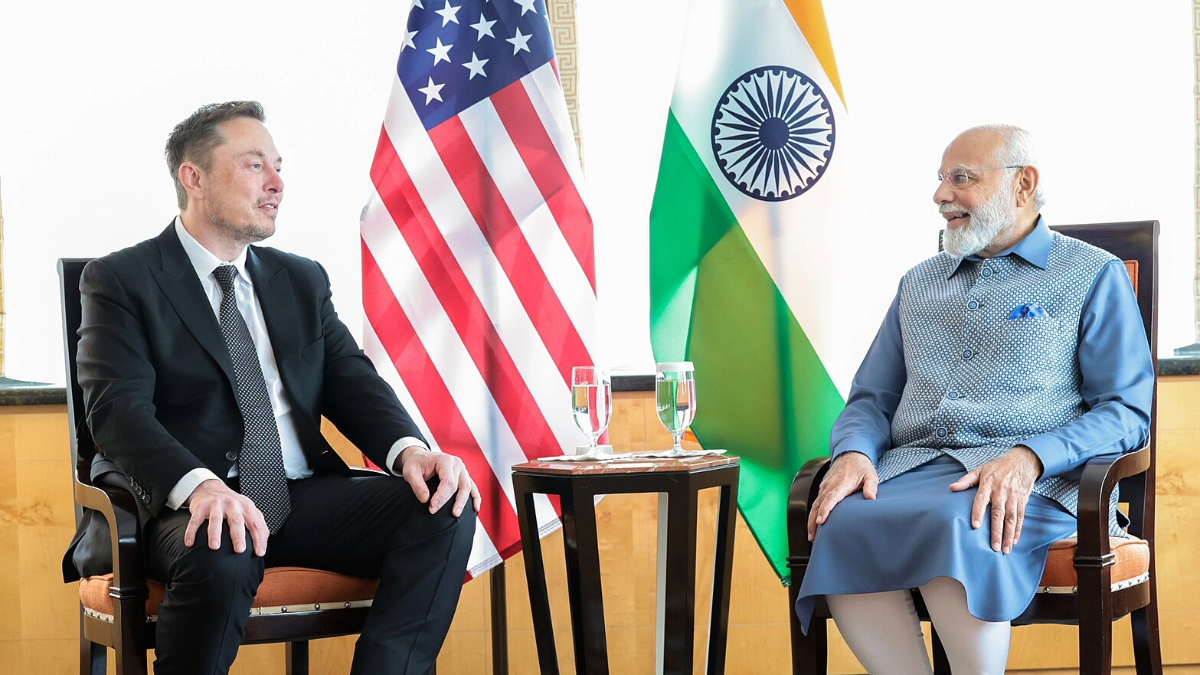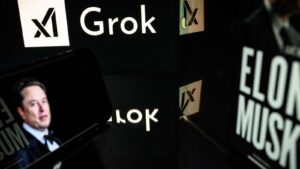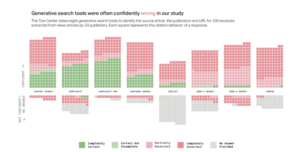X in India: Censorship, Understanding, and Power Dynamics

The Legal and Political Landscape of X and India
Introduction
In recent discussions surrounding social media and governance in India, the Grok chatbot on X (formerly known as Twitter) has emerged as a controversial figure. Grok, with its sharp responses, has attracted both attention and criticism within the Indian political landscape, prompting debates about censorship and the regulation of online platforms. This article explores the intricate relationship between the Indian government and social media platforms like X, focusing on recent events and their implications.
Government and Social Media: A Complex Relationship
Historical Tension
The intersection of Indian politics and social media has a complicated past. In 2019, Jack Dorsey, the then CEO of Twitter, found himself summoned to testify before an Indian parliamentary panel after he was photographed with a placard stating "smash Brahminical patriarchy." Subsequently, during the farmer protests in 2021, Twitter faced criticism for its handling of content related to the protests. The platform later reversed its decision to suspend certain accounts tied to journalists and activists, emphasizing that "Tweets should flow."
Legal Challenges
In 2022, after various government takedown orders, Twitter challenged the legality of these actions in the Karnataka High Court. The court, however, ruled against Twitter and imposed a significant financial burden on the company. Following Elon Musk’s takeover of Twitter, there were doubts about the platform’s willingness to stand up against government pressure. Musk indicated a preference for compliance with Indian laws to avoid jeopardizing his employees.
X’s Current Legal Battle
Challenge on Content Takedown Orders
Recently, X filed an appeal with the Karnataka High Court to contest the government’s use of the Information Technology Act to implement a censorship regime with minimal safeguards. Unlike previous regulations, this newer approach allows government departments to issue takedown orders without due process, raising concerns about arbitrary censorship. The Internet Freedom Foundation has criticized this tactic, showcasing the lack of protections for users’ rights.
X’s legal argument centers around section 79(3)(b) of the IT Act, which enables various government bodies to directly issue takedown orders. The platform asserts that this method bypasses established protocols and requests the court abolish such orders.
Grok and Political Discourse
The Role of AI in Politics
Grok’s recent interactions have put it at the center of political discourse in India. Users have engaged the AI chatbot with sensitive political questions, asking it to rate statements made by Prime Minister Modi and scrutinize the rhetoric of the Bharatiya Janata Party (BJP). Grok’s responses have sparked significant reactions, particularly among right-wing supporters who feel misrepresented or unfairly labeled by the AI’s outputs.
AI’s Perceived Bias
Despite the absence of formal complaints, the government has initiated informal discussions concerning Grok’s potentially controversial language. Concerns have also been raised about the chatbot’s tendency to display bias in its responses, though the nature of these biases remains a topic of ongoing debate.
The Implications of the Current Climate
Regulatory Responses
The government’s engagement with Grok highlights a shift in its approach compared to previous incidents. While the nature of the responses has drawn scrutiny, the Indian government has clarified that no formal actions or notices have been issued against X. This indicates a nuanced power dynamic, especially considering the influential relationship between Musk and government policies, given his business interests in India.
Future of AI and Content Moderation
The ongoing battle between X and the Indian government raises significant questions about the future of content moderation and the involvement of AI in political conversations. Current discussions may influence how other tech companies navigate their relationships with governments globally. Moreover, the implications of X’s legal challenge may reshape the parameters of how online platforms operate within Indian jurisdiction.
Political Dynamics and Corporate Interests
The situation encapsulates a greater clash between government authority, corporate interests, and the engagement of AI in public discourse. The interplay of these elements may lead to broader changes in how technology companies manage content and interface with political structures, especially in regions with strict regulations like India.
This evolving dynamic within India’s media landscape demonstrates the ongoing struggle for balance between free expression, governmental oversight, and the role of innovative technologies in shaping political narratives.






